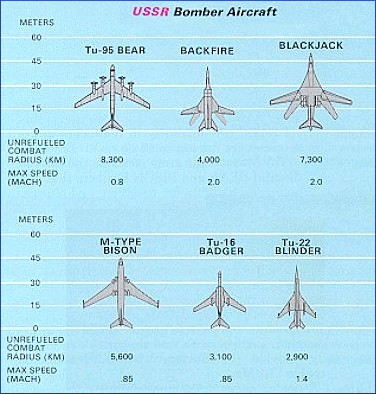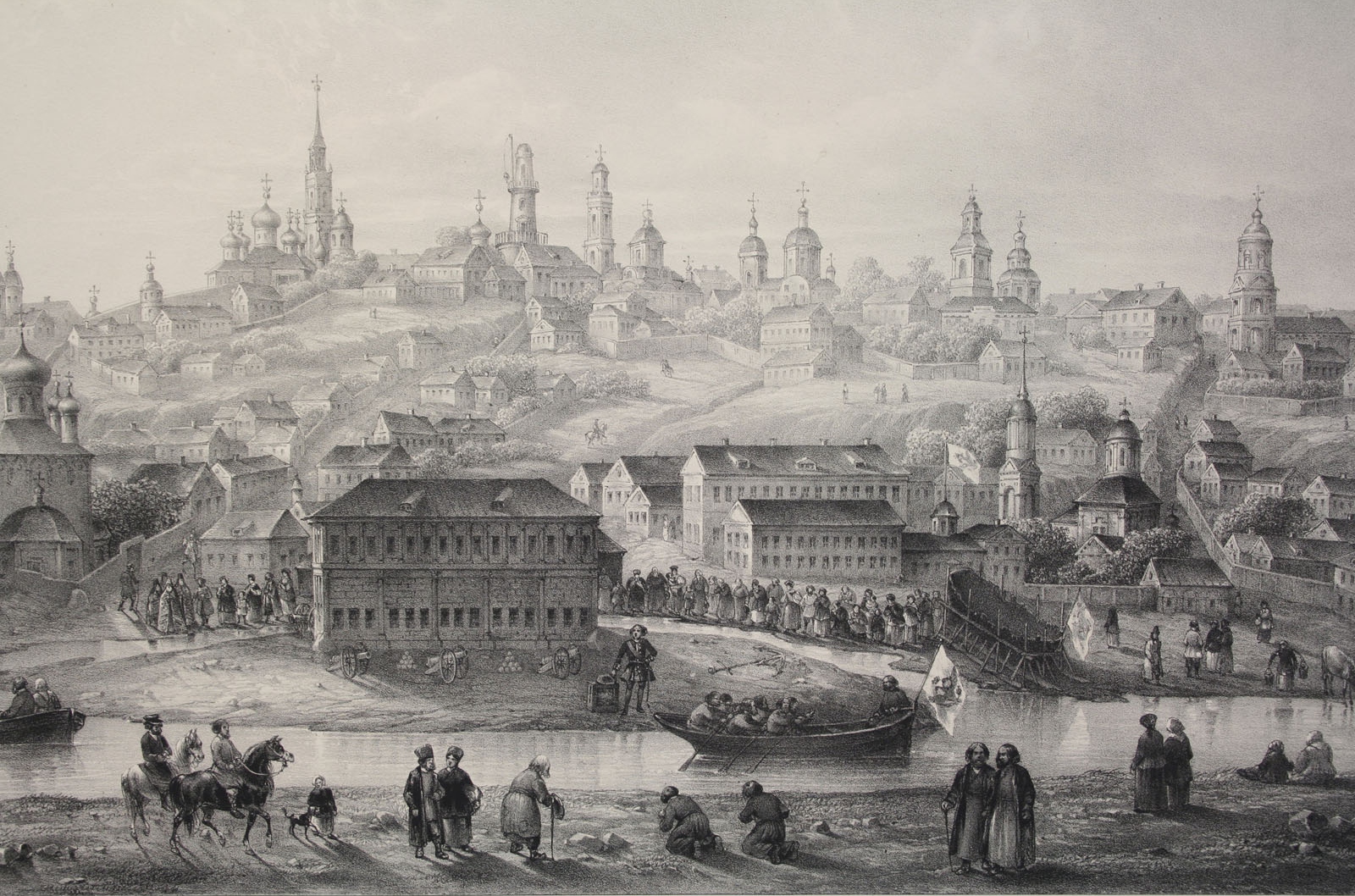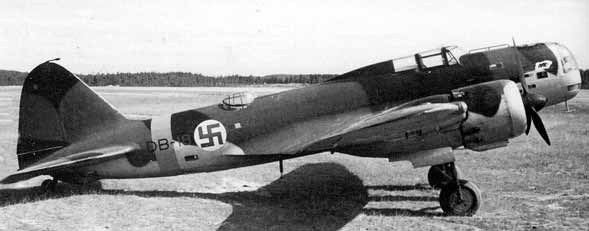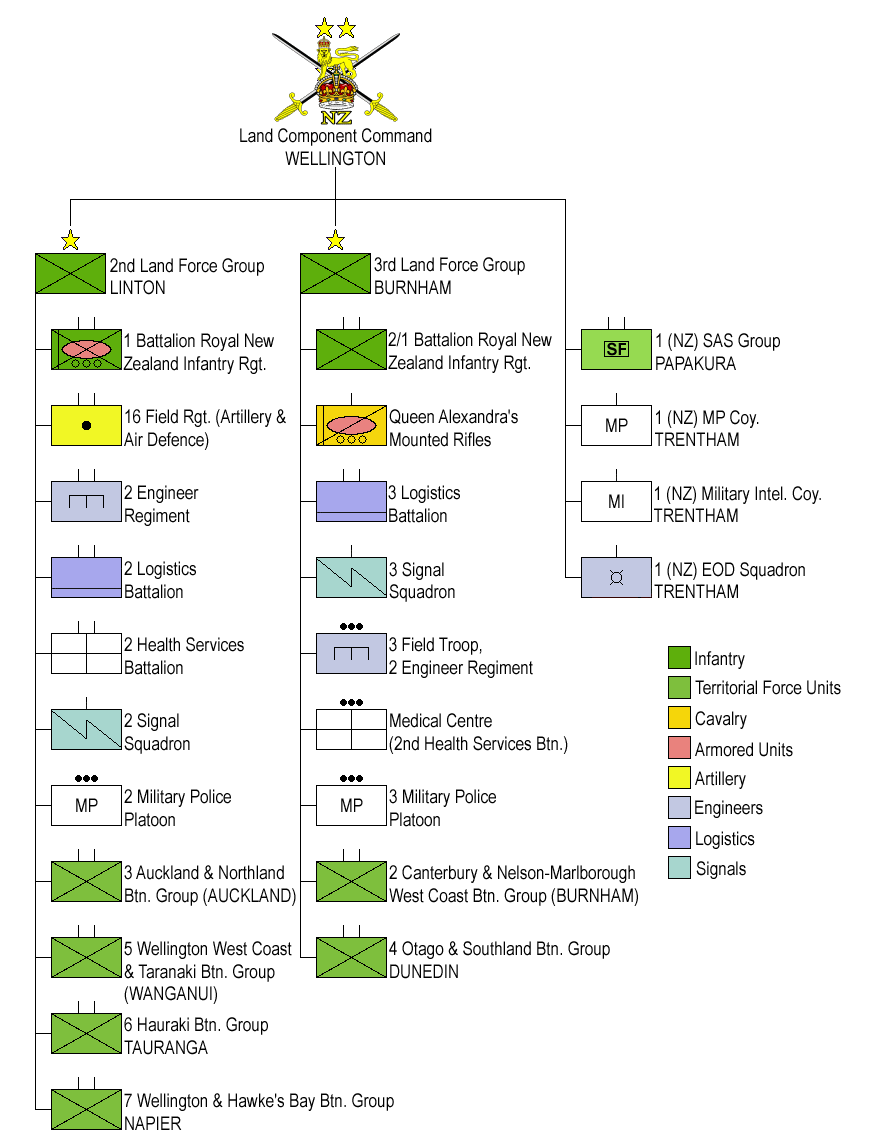|
Soviet Long Range Aviation
Soviet Long Range Aviation (, literally ''Aviation of Distant Action'' and abbreviated DA) was a sub-branch of the Soviet Air Forces responsible for delivering long-range nuclear or conventional strikes by aircraft (rather than missiles). The Russian Long Range Aviation and now-dissolved Ukrainian Long Range Aviation were both previously part of the Soviet Air Forces, before it was split into the Air Forces of its many successor states, most notably the Russian Air Force and Ukrainian Air Force. Those branches were tasked with long-range bombardment of strategic targets with nuclear weapons. During the Cold War, the Long-Range Aviation of the Air Forces (DA VS) was the rough Soviet equivalent to the French Air Force's Forces aériennes stratégiques (1964-present); the British RAF Bomber Command (1936-68); and the United States Air Force (USAF) Strategic Air Command (1946–1992). In the early 2020s there are roughly-equivalent structures within the People's Liberation Arm ... [...More Info...] [...Related Items...] OR: [Wikipedia] [Google] [Baidu] |
Voronezh
Voronezh ( ; , ) is a city and the administrative centre of Voronezh Oblast in southwestern Russia straddling the Voronezh River, located from where it flows into the Don River. The city sits on the Southeastern Railway, which connects western Russia with the Urals and Siberia, the Caucasus and Ukraine, and the M4 highway (Moscow–Voronezh– Rostov-on-Don– Novorossiysk). In recent years the city has experienced rapid population growth, rising in 2021 to 1,057,681, up from 889,680 recorded in the 2010 Census, making it the 14th-most populous city in the country. History Foundation and name The first chronicle references to the word "Voronezh" are dated 1177, when the Ryazan prince Yaropolk, having lost the battle, fled "to Voronozh" and there was moving "from town to town". Modern data of archeology and history interpret Voronezh as a geographical region, which included the Voronezh river (tributary of the Don) and a number of settlements. In the lower rea ... [...More Info...] [...Related Items...] OR: [Wikipedia] [Google] [Baidu] |
Ivanovo
Ivanovo (, ) is a types of inhabited localities in Russia, city in Russia and the administrative center and largest city of Ivanovo Oblast, located northeast of Moscow and approximately from Yaroslavl, Vladimir, Russia, Vladimir and Kostroma. Ivanovo has a population of 361,644 as of the 2021 Census, making it the List of cities and towns in Russia by population, 50th largest city in Russia. Until 1932, it was previously known as ''Ivanovo-Voznesensk''. It is the youngest city of the Golden Ring of Russia. The city lies on the Uvod River, in the centre of the eponymous oblast. Ivanovo gained city status in 1871, emerged as a major center for textile production, and began to be referred to as the "Russian Manchester". The city is served by Ivanovo Yuzhny Airport. Geography The Uvod River, a tributary of the Klyazma River, Klyazma, flows from north to south, dividing the city into two halves. There are also two rivers in Ivanovo: the Talka River, Talka and the Kharinka River, K ... [...More Info...] [...Related Items...] OR: [Wikipedia] [Google] [Baidu] |
Migalovo (air Base)
Migalovo (also given as Tver Migalovo, Kalinin) is an air base in Tver Oblast, Russia located 10 km west of Tver. It is a large military airlift base. It currently houses all of Russia's remaining Antonov An-22 fleet. It is an Ilyushin Il-76 base, with some Antonov An-12 aircraft stored. The base is home to the Second Central Research Institute of the Ministry of Defence of the Russian Federation (2 TSNII) and the 8th Military Transport Aviation Regiment which is part of the 12th Mginska Red Banner Military Transport Aircraft Division. History In the period from 1946 to February 1975, the 56th Long-Range Fighter Aviation Division (56th Bomber Aviation Breslavl Division (since 1951), 56th Heavy Bomber Aviation Breslavl Division (since 1961) was based at the airfield. Its regiments included: * 45th Heavy Bomber Regiment on Douglas A-20 Havoc, Tupolev Tu-2, Ilyushin Il-28 and Tupolev Tu-16 (ASCC "Badger") aircraft - 1946 to February 1975. In February 1975 relocated to the ... [...More Info...] [...Related Items...] OR: [Wikipedia] [Google] [Baidu] |
Rostov-on-Don
Rostov-on-Don is a port city and the administrative centre of Rostov Oblast and the Southern Federal District of Russia. It lies in the southeastern part of the East European Plain on the Don River, from the Sea of Azov, directly north of the North Caucasus. The southwestern suburbs of the city lie above the Don river delta. Rostov-on-Don has a population of over one million people and is an important cultural, educational, economic and logistical centre of Southern Russia. History Early history From ancient times, the area around the mouth of the Don River has held cultural and commercial importance. Ancient indigenous inhabitants included the Scythian and Sarmatian tribes. It was the site of Tanais, an ancient Greek colony, Fort Tana under the Genoese, and Fort Azak in the time of the Ottoman Empire. In 1749, a custom house was established on the Temernik River, a tributary of the Don, by edict of the Empress Elizabeth, the daughter of Peter the Great, in orde ... [...More Info...] [...Related Items...] OR: [Wikipedia] [Google] [Baidu] |
North Caucasus Military District
The North Caucasus Military District was a military district of the Russian Armed Forces from 1992-2010. Before 1992 it had been part of the Soviet Armed Forces since 1918. In 2010 it became the Southern Military District and lately also included the Black Sea Fleet and Caspian Flotilla. It comprised the Republic of Adygeya, the Republic of Dagestan, the Ingushetia, Republic of Ingushetia, the Kabardino-Balkar Republic, the Kalmykia, Republic of Kalmykia, the Karachay–Cherkessia, Karachay–Cherkess Republic, the North Ossetia–Alania, Republic of North Osetia-Alaniya, the Chechnya, Chechen Republic, Krasnodar Krai, Stavropol Krai, and Astrakhan Oblast, Astrakhan, Volgograd Oblast, Volgograd, and Rostov Oblast, Rostov oblasts. It has the same borders as the Southern Federal District. Its last commander was Lieutenant General Alexander Galkin, appointed from January 2010. History The District was originally established on 4 May 1918, and reorganized as a field formation during t ... [...More Info...] [...Related Items...] OR: [Wikipedia] [Google] [Baidu] |
Khabarovsk
Khabarovsk ( ) is the largest city and the administrative centre of Khabarovsk Krai, Russia,Law #109 located from the China–Russia border, at the confluence of the Amur and Ussuri Rivers, about north of Vladivostok. As of the 2021 Russian census, it had a population of 617,441. It was known as ''Khabarovka'' until 1893. The city was the administrative center of the Far Eastern Federal District of Russia from 2002 until December 2018, when the status was given to Vladivostok. As is typical of the interior of the Russian Far East, Khabarovsk has an extreme climate with strong seasonal swings resulting in strong, cold winters and relatively hot and humid summers. History Earliest record Historical records indicate that a city was founded on the site in the eighth century. The Tungusic peoples are indigenous to the city's vicinity. The city was named ( zh, t= 伯力, p=Bólì, labels=no) in Chinese when it was part of the Chinese empire. During the Tang dynasty, Boli was th ... [...More Info...] [...Related Items...] OR: [Wikipedia] [Google] [Baidu] |
Ilyushin DB-3
The Ilyushin DB-3, where "DB" stands for ''Dalniy Bombardirovshchik'' ( Russian: Дальний бомбардировщик) meaning "long-range bomber", is a Soviet bomber aircraft of World War II. It was a twin-engined, low-wing monoplane that first flew in 1935. 1,528 were built. The DB-3 was the precursor of the Ilyushin Il-4 (originally designated DB-3F). Design and development The genesis of the DB-3 lay in the BB-2, Sergey Ilyushin's failed competitor to the Tupolev SB. Ilyushin was able to salvage the work and time invested in the BB-2's design by recasting it as a long-range bomber, again competing against a Tupolev design, the DB-2, to meet the stringent requirements of an aircraft capable of delivering a bombload to a range of at a maximum speed no less than . He had redesigned the BB-2 to take advantage of the radial Gnome-Rhône Mistral Major 14Kdrs engine, for which the Soviets had purchased a license in 1934 as the M-85, and had begun construction of the p ... [...More Info...] [...Related Items...] OR: [Wikipedia] [Google] [Baidu] |
Tupolev SB
The Tupolev ANT-40, also known by its service name Tupolev SB ( – ''Skorostnoi Bombardirovschik'' – high speed bomber) and development co-name TsAGI-40, was a high speed twin-engined three-seat monoplane bomber, first flown in 1934. The Tupolev design was advanced but lacked refinement, much to the dismay of crews, maintenance personnel, and Stalin, who pointed out that "there are no trivialities in aviation". Numerically the most important bomber in the world in the late 1930s, the SB was the first modern stressed skin aircraft produced in quantity in the Soviet Union and probably the most formidable bomber of the mid-1930s. It was produced in the Soviet Union and was also built under license in Czechoslovakia. Many versions saw extensive action in Spain, the Republic of China, Mongolia, Finland and at the beginning of World War II against Germany in 1941. It was also used in various duties in civil variants, as trainers and in many secondary roles. Successful in the Spanis ... [...More Info...] [...Related Items...] OR: [Wikipedia] [Google] [Baidu] |
Tupolev TB-3
The Tupolev TB-3, OKB designation ANT-6, was a monoplane heavy bomber deployed by the Soviet Air Force in the 1930s and used during the early years of World War II. It was one of the world's first cantilever wing four-engine heavy bombers. Despite obsolescence and being officially withdrawn from service in 1939, the TB-3 performed bomber and transport duties throughout much of World War II. The TB-3 also saw combat as a Zveno project fighter mothership and as a light tank transport. Development In 1925, the Soviet Air Force approached TsAGI with a requirement for a heavy bomber with total engine output of and either wheeled or float landing gear. Tupolev OKB started design work in 1926 with the government operational requirements finalized in 1929.Gunston 1995, pp. 384–385. The Tupolev TB-1 was taken as the basis for the design and the aircraft was initially powered by Curtiss V-1570 "Conqueror" engines,Duffy and Kandalov 1996, p.42. with the intent of switching to Mi ... [...More Info...] [...Related Items...] OR: [Wikipedia] [Google] [Baidu] |
TO&E
A table of organization and equipment (TOE or TO&E) is the specified organization, staffing, and equipment of military units. Also used in acronyms as 'T/O' and 'T/E'. It also provides information on the mission and capabilities of a unit as well as the unit's current status. A general TOE is applicable to a type of unit (for instance, an infantry battalion) rather than a specific unit (the 2nd Battalion, 4th Infantry Regiment). Sometimes, all units of the same branch (such as Infantry) follow the same structural guidelines; much more often, there are a wide variety of TOEs to suit specific circumstances (Modified Tables of Organization and Equipment (MTOEs), in the United States Army, for example). Soviet Union and Russia In the Soviet and the Russian Armed Forces the term used for TO&E since the 1930s is ''"Shtatnoe raspisanie"'' (''Штатное расписание'', literally translated as Shtat Prescription). It originates from the term ''"Shtat"'' (''штат'') which ... [...More Info...] [...Related Items...] OR: [Wikipedia] [Google] [Baidu] |








